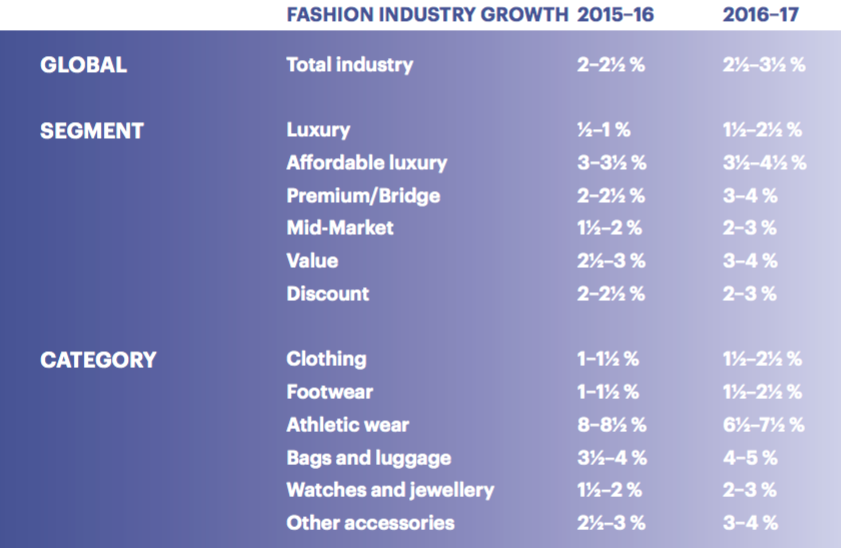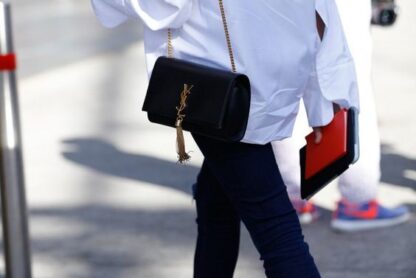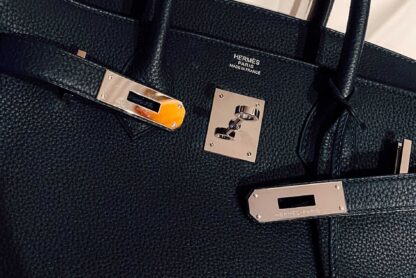The fashion industry represents the world’s 7th largest economy reaching $2.4 trillion , but despite this 2016 has been one of the toughest years because of the global economy, the consumer shifts and some new trends among the fashion system.
The State of Fashion is the first report created by BoF and McKinsey that gives a view of the fashion industry with qualitative and quantitative analysis. This report provides a review of the industry and the industry’s performance in 2016 and an outlook for 2017 .
According to the BoF-McKinsey Global Fashion Survey, 67 percent of respondents,a mix of top fashion executives, creatives, investors, and other industry insiders, believe that conditions for the fashion industry have become worse over the past 12 months. Not only are they overwhelmingly pessimistic about the year’s performance, but the top three words they selected to describe the industry today are: uncertain, changing, and challenging .
Top of the list of survey respondents’ worries were volatile shifts in the global economy, followed by competition from online players and decreasing foot traffic, and the speed of changing consumer preferences.
The global economy have had an impact also on the fashion industry : the terrorist attacks in France, the Brexit vote in the UK ,the volatility of the Chinese stock market and the slowdown that has hit China and Us. A category that is experiencing significant deceleration is watches and jewellery.
The customer has become less predictable in his purchasing behavior and we also must consider how the fashion industry has changed from inside shortening the lenght of the fashion cycle and integrating sustainable innovation. Fashion companies are in fact attempting to increase sales by responding more rapidly to consumer demand. The rapid lifecycle in the fast-fashion category is now reaching the luxury and affordable luxury segments, the see-now buy-now approach is the proof of this change in the fashion system.
Businesses were concerned about both their top and bottom lines, with margin erosion from increased discounting and a general slowdown of sales growth this year.In order to maintain margins in the wake of slow sales, companies look at restructuring as a measure to reduce costs, many fashion companies have shuttered stores and reviewd their store networks. Over the past year many factos have raised sourcing costs, according to the Cotlook A Index the average price of cotton has ticked higher in 2016 than the past 2 years and continues to increase.
All this notwithstanding, the industry remained positive about growth opportunities, highlighting digitization and e-commerce as by far the single biggest opportunity of 2016. Online sales are growing at a steady pace,even in luxury that it’s going to reach 12% of sale in 2020. One of the challenge of the fashion brands is about finding the right balance between online and in-store assortments and pricing also considering that e-commerce and digital tools have created price transparency across brands and regions.
After a slowdown in 2016 the analysis of BOF and McKinsey suggests a slight recovery in 2017, to a point where the industry may see 2.5–3.5 percent growth next year.










